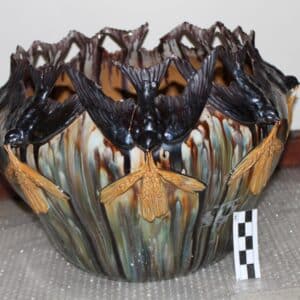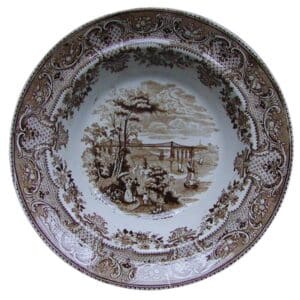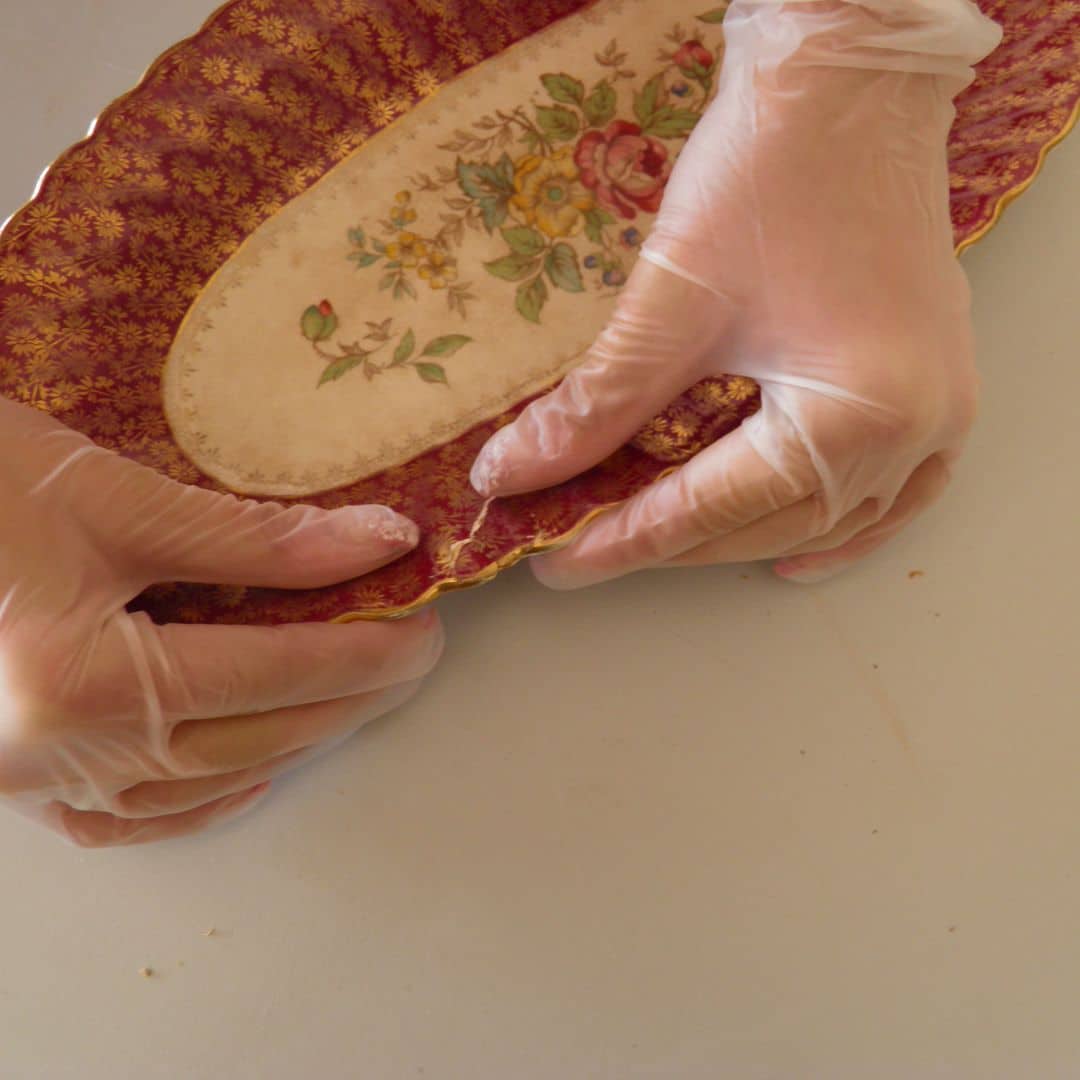In reality, there isn’t actually a difference between porcelain vs ceramic as porcelain is one of several types of ceramics, just like faience or terracotta.
The difference between porcelain vs ceramic and the different names derive from the composition of the ceramic pastes and the manufacturing methodologies.
In this article we’ll look at the difference between porcelain vs ceramic and why we use these 2 names.
You can read post in Español and Português
So, Porcelain vs Ceramic ?
Thus we have:
Ceramics
which, depending on the composition of their paste, can be:
- Terracotta
- Faience
- Grès
- Porcelain
Ceramic pastes
To better understand the difference between porcelain vs ceramic we will now briefly discuss the main pastes used in the production of ceramic pieces and their most distinctive characteristics.
Terracota
Product made from red, yellow or white clay paste, fired and without vitreous coating. It has good plasticity and is fusible at 1100ºc.
Terracotta has been used throughout the ages both in artistic works and in construction, in a utilitarian way. The terracotta tiles present in many pavements, especially in the south of Portugal and Spain are made of terracotta. We can also find bricks, vases and pots made with this type of paste.


Faiance
Product obtained through the integral coating of the clay base with a staniferous glaze, over which the decoration is applied.
It has high plasticity and needs low temperature.
In Portugal the best known faience pieces are from Fábrica Bordalo Pinheiro, in Caldas da Rainha, both in what concerns utilitarian and decorative faience. Many of these pieces can be seen at the Bordalo Pinheiro Museum in Lisbon.

Decorative faience piece – Rafael Bordalo Pinheiro
Gres (stoneware)
A product whose paste has a high density, with a composition based on silica, quartz and feldspar, and which vitrifies between 1150º and 1350ºc.
Depending on the origin of the clay and the amount of iron oxide, it can acquire tones ranging from white and gray to yellow and brown. Its plasticity is medium and it has a high resistance.

Staffordshire-made stoneware dish from the 1850s
Porcelain
The difference between porcelain vs ceramic lies in the type of paste.
Porcelain is a very fine-grained paste product, with a kaolin-based composition.
It is very dense, white, translucent and with little plasticity. It is usually coated with a transparent glaze. It is a high temperature paste and undergoes a great contraction during firing.
Composition: kaolin 60%, quartz (silica) 20% and feldspar 20%.
The most commonly used feldspar is potassium feldspar due to its great stability against deformation. It has a high impermeability, since feldspar is a melter. Depending on the temperature and quantity of each raw material, it is classified as “hard porcelain” (fired between 1380ºc. and 1460ºc. and requires a reducing atmosphere) or “soft porcelain” (fired between 1170ºc. and 1270ºc. and requires an oxidizing atmosphere).


In short
The difference between porcelain vs ceramic – or between the various types of ceramics – lies in the composition of the ceramic pastes and the method of producing the ceramic pieces.
What is ceramic
Designates the technique of producing objects using solid inorganic non-metallic materials as raw materials, especially clays, subjected to high temperatures.
What is porcelain
It refers to a type of ceramic made from kaolin, quartz and feldspar. Due to the percentage of kaolin and the production method, it is a resistant, white colored ceramic with a thin thickness that can even be translucent.
And what is the difference between porcelain vs ceramic when it comes to conservation and restoration?
There’s not exactly a difference here either. There is a need to first analyze the type of piece to be treated, its composition and production method in order to adapt the treatments, materials and techniques to be used.
Conservation and restoration of Ceramics online Course
The online course of Conservation and Restoration of Ceramics systematizes the methods and procedures of intervention, exemplified with the analysis of real interventions and practical cases.
You will learn the processes of alteration and systematize the methods and techniques of intervention in the restoration of ceramics
An active method is used, illustrated with images and video tutorials of the different phases of intervention.


1 Comment.
[…] Pode ler em Español e English […]